Figures & data
FIG. 1 Mainstream smoke generation and exposure for the EHC. Smoking machine, tubing and exposure chamber.
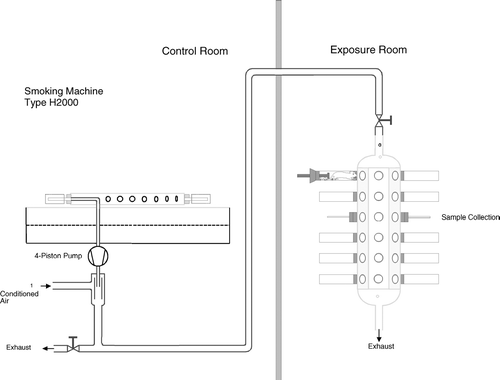
FIG. 2 Body weight development of male rats in the subchronic inhalation toxicity study. Curves represent the mean body weight of sham- and MS-exposed groups.
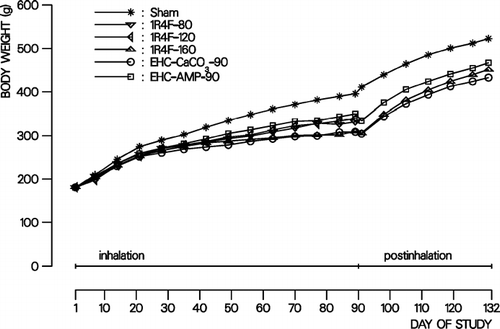
FIG. 3 EECR estimation for atrophy of olfactory epithelium in the olfactory region of the nose at level 2. Male rats at the end of the inhalation period of the subchronic inhalation toxicity study. Data points with error bars (mean values with SE) represent the scoring of histopathological findings for the different exposure groups. For the 1R4F cigarette the concentration response curve is plotted on a μg TPM/L basis. Arrows indicate the estimation of the concentration of 1R4F MS causing an effect comparable to the one of the EHC MS. The EECR is calculated by dividing the corresponding 1R4F concentration through the EHC concentration.
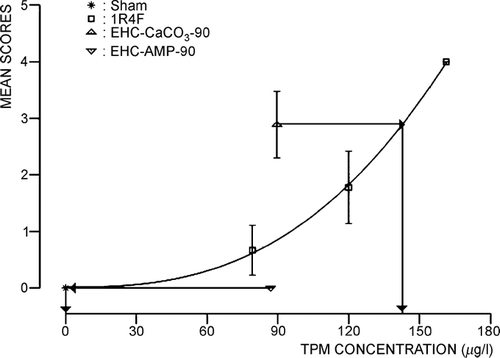
TABLE 1 Characterization of test atmospheres: inhalation toxicity study
TABLE 2 Biomonitoring: inhalation toxicity study
TABLE 3 Body weight and hematology after 90 days of exposure: inhalation toxicity study
TABLE 4 Clinical chemistry after 90 days of exposure: inhalation toxicity study
TABLE 5 Histopathology of respiratory tract organs after 90 days of exposure: inhalation toxicity study Scores of histopathological findings and laryngeal epithelial thickness
TABLE 6 Characterization of test atmospheres: pulmonary inflammation study
FIG. 4 EECR estimation for the relative number of BALF neutrophils in the inflammation study. Data points with error bars (mean values with SE of indicated exposure groups) represent percentage of neutrophils in free lung cells determined after 35 days of exposure. For the 1R4F the concentration response curve is plotted on a μg TPM/L basis. Arrows indicated the estimation of the concentration of 1R4F MS causing an effect comparable to the one of the EHC MS. The EECR is calculated by dividing the corresponding 1R4F concentration through the EHC concentration.
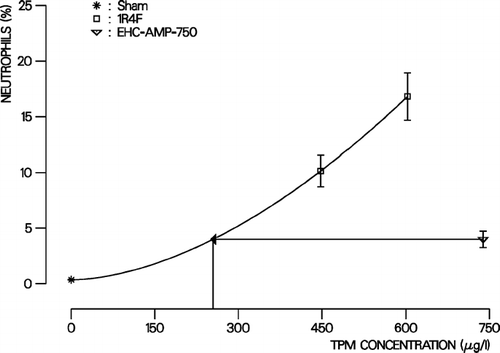
TABLE 7 Differentiation of BALF cells after 90 days of exposure: pulmonary inflammation study
FIG. 5 Subchronic inhalation toxicity effects of the EHC compared to the 1R4F. Summarized EECRs on a μ g TPM/L basis from male and female rats for different end points combined under common toxicological perspectives. An EECR of below 1 indicates that the activity of the cigarette tested is less than that of the 1R4F.
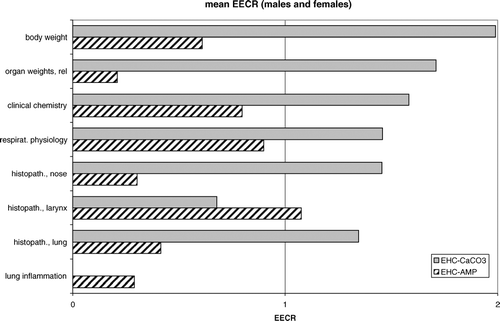
TABLE 8 Overview of equal effect concentration ratios for histopathological findings after 90 days of exposure: inhalation toxicity study
